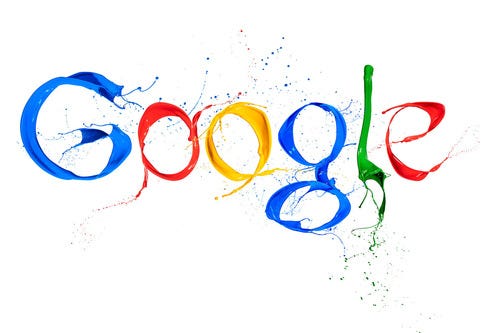Tuesday, November 18, 2014, 03:42 pm PT (06:42 pm ET)
Next-gen iPhone rumored to sport dual-lenses, DSLR quality in 'biggest camera jump ever'
For its iPhone 6 and 6 Plus follow-up expected to debut in 2015, Apple may introduce a handset with dual lenses in what one well-connected Apple pundit calls the "biggest camera jump ever."On the most recent episode of The Talk Show podcast, Daring Fireball's John Gruber revealed that "a birdie of a birdie" told him Apple is working on a two-lens system for incorporation in the next-generation iPhone.
"The specific thing I heard is that next year's camera might be the biggest camera jump ever," Gruber said. "I don't even know what sense this makes, but I've heard that it's some kind of weird two-lens system where the back camera uses two lenses and it somehow takes it up into DSLR quality imagery."
The notion of using multi-lens imaging systems to make up for a smartphone's small form factor is a relatively recent development. In March, HTC unveiled the One M8 with a so-called "Duo camera" setup, which uses a secondary imaging sensor for depth data.
An interesting startup called Corephotonics, which was profiled by Engadget earlier this year, proposes a different approach. Corephotonics developed a dual-lens module with two distinct focal lengths, effectively negating resolution drops associated with digital zooming. One camera is used for wide shots, while the other is used for close-ups. As an added bonus, the system provides spatial data for 3D imagery due to its lens offset.
While speculation, Apple could employ a similar system, or even stitch together image data from both camera modules, to achieve DSLR-quality high-resolution photos. The company has no shortage of patents covering smartphone camera technology, including Lytro-like refocusing, interchangeable modules and interchangeable external lenses.
Perhaps most similar to today's rumor is an invention for a multi-sensor system that gathers luminance and chrominance values separately, processes the data and outputs photos at exceptionally high resolutions with equally high color accuracy.
 RSS Feed
RSS Feed Twitter
Twitter




 viernes, noviembre 21, 2014
viernes, noviembre 21, 2014
 César Sainz de Vicuña
César Sainz de Vicuña







